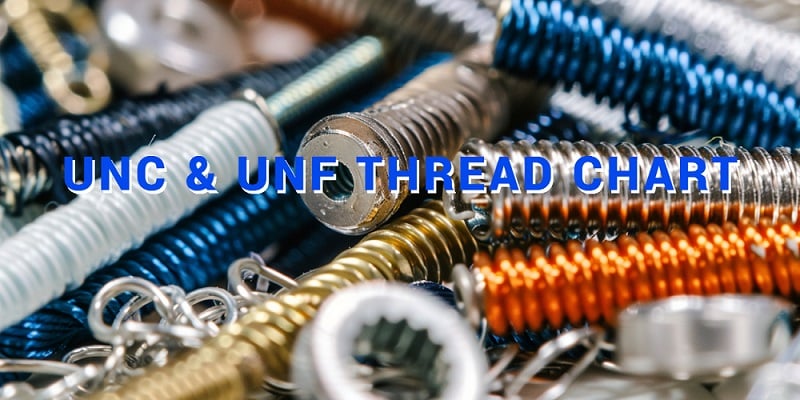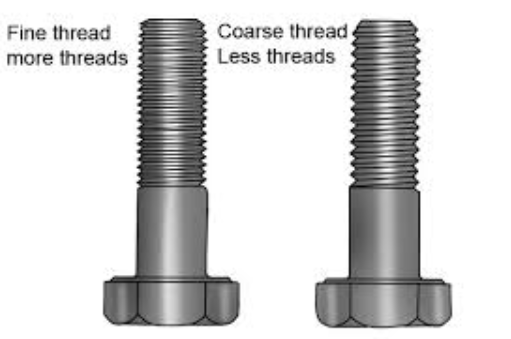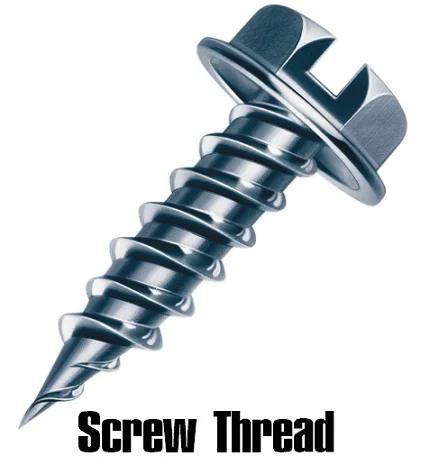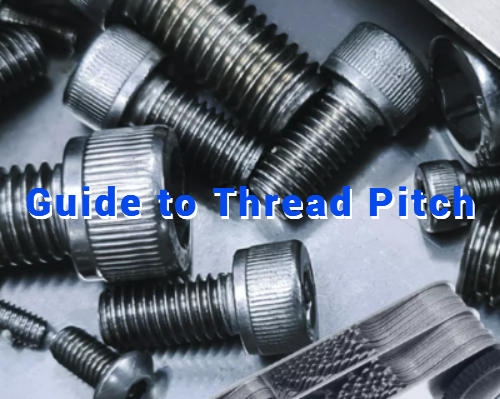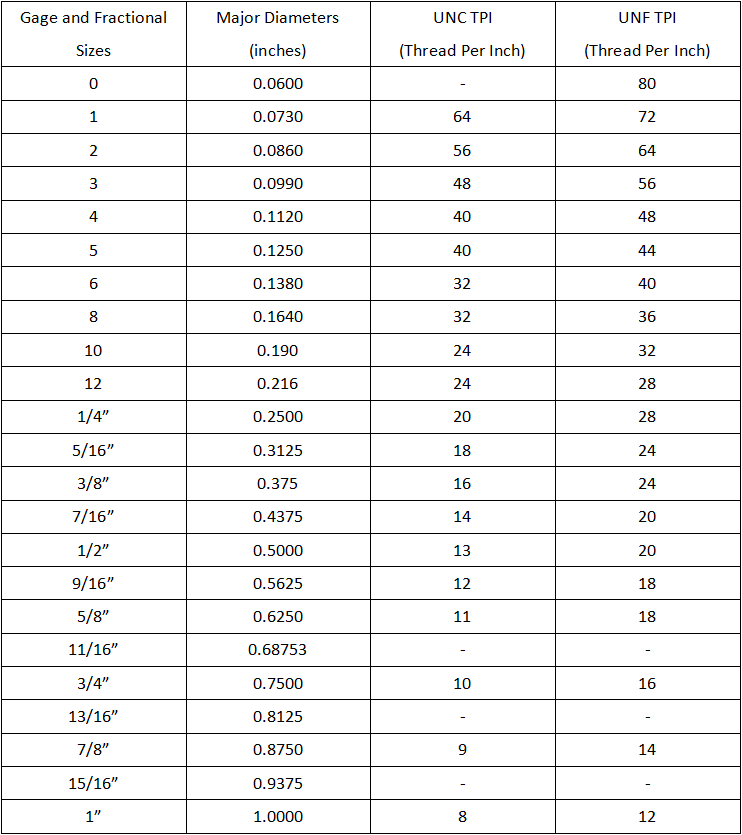Threads are an integral part of the manufacturing industry, playing a crucial role in connecting various mechanical components. UNC and UNF threads are two commonly used thread standards, each designed for specific applications. In this comprehensive guide, we break down the world of threads, exploring the meaning, dimensions, and key differences between UNC and UNF threads.
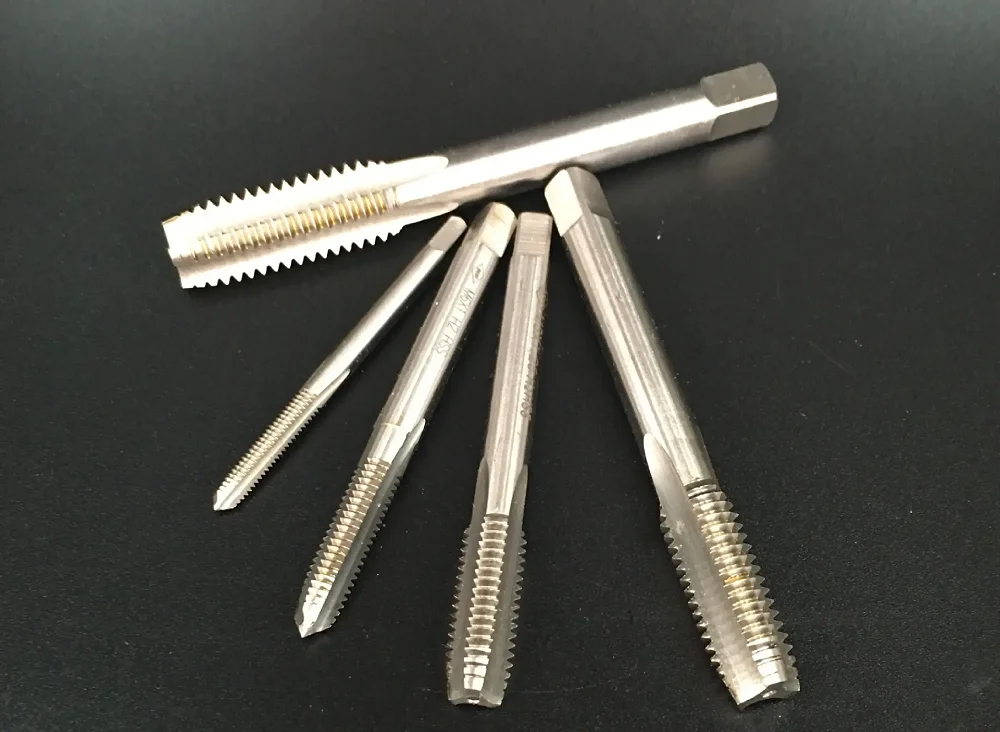
What is UNC Thread Meaning?
The term “UNC” stands for Unified National Coarse. It is one of the most prevalent thread standards in the United States and is widely used for general-purpose applications. The UNC thread features a relatively large thread pitch, resulting in fewer threads per inch. This coarse thread design enables quick assembly and disassembly of components, making it ideal for applications where rapid and reliable connections are required. UNC threads are commonly used in applications where there is a need for quick assembly or disassembly, or in situations where the parts being joined may be subjected to heavy loads or vibrations.
What is UNF Thread Meaning?
“UNF” stands for Unified National Fine. Similar to UNC threads, UNF threads are also extensively used in the United States. However, UNF threads have a smaller thread pitch, resulting in a greater number of threads per inch. The finer thread pitch provides higher precision and better resistance to vibration, making UNF threads suitable for applications requiring increased strength and a secure connection. UNF threads are often used in applications where the parts being joined need to be securely fastened with a higher level of precision, such as in delicate instruments or equipment.
UNC and UNF Thread Dimensions
To understand the differences between UNC and UNF threads more effectively, let’s examine their dimensions:
UNC Thread Dimensions:
The UNC thread dimensions are specified using a standard format, denoting the diameter, threads per inch (TPI), and thread series. For example, a ¼”-20 UNC thread indicates a 0.25-inch diameter with 20 threads per inch under the Unified National Coarse series.
UNF Thread Dimensions:
Similarly, UNF thread dimensions are also represented in the same format. A ¼”-28 UNF thread would signify a 0.25-inch diameter with 28 threads per inch under the Unified National Fine series.
What is the Difference between UNC and UNF Thread?
Now that we have a basic understanding of UNC and UNF threads, let’s explore their key differences:
Thread Pitch:
The primary distinction between UNC and UNF threads lies in their thread pitch. UNC threads have a coarser pitch, resulting in fewer threads per inch. Conversely, UNF threads have a finer pitch, leading to a higher number of threads per inch. This difference significantly impacts the threads’ performance and applications.
Strength and Vibration Resistance:
Due to its coarser pitch, UNC threads provide a robust connection that is quick to assemble and disassemble. However, the coarser threads may not offer the same level of vibration resistance as UNF threads. On the other hand, UNF threads, with their finer pitch, create a tighter and more secure connection, making them ideal for applications where vibration resistance is crucial.
Applications:
UNC threads are commonly used in applications where speed and ease of assembly are essential, such as in general construction, automotive, and household appliances. On the contrary, UNF threads are preferred in applications requiring higher strength, precision, and resistance to vibration, such as in aerospace, automotive engines, and precision machinery.
Selecting the Right Thread for Your Application
When choosing between UNC and UNF threads for your specific application, several factors need to be considered:
Load-Bearing Requirements:
If your application involves heavy loads and requires enhanced strength and vibration resistance, UNF threads are the preferred choice. On the other hand, for applications with less demanding load-bearing requirements and a need for rapid assembly, UNC threads may be more suitable.
Environmental Considerations:
Consider the environmental conditions to which your components will be exposed. If the application involves exposure to excessive vibration or other harsh conditions, UNF threads’ superior vibration resistance may be crucial in maintaining a stable connection.
Industry Standards:
Certain industries and applications may have specific thread requirements outlined in industry standards. It is essential to check these standards and specifications to ensure compliance and optimal performance.
UNC and UNF threads are two essential thread standards used extensively in the manufacturing industry. Their differences in thread pitch, strength, and vibration resistance make each type suitable for specific applications. Understanding the nuances between these thread types is vital for selecting the right one that best suits your needs. Whether you require the ease of assembly of UNC threads or the precision and vibration resistance of UNF threads, making the right choice will ensure a reliable and efficient connection between your mechanical components.


